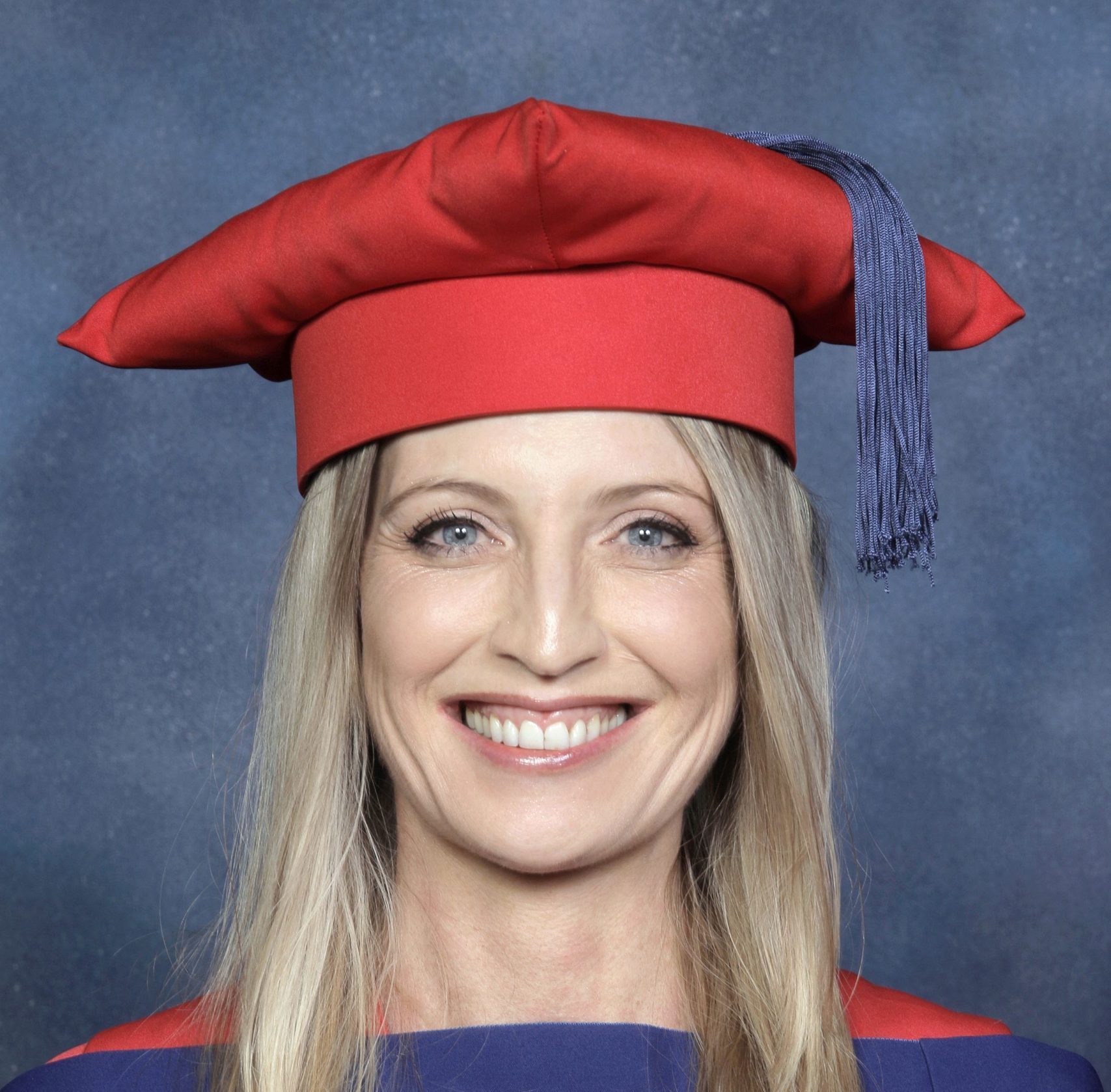What does the identification of future technological operations in ICT and ISP look like? BCX’s Head: Field Operations and Logistics and The DaVinci Institute’s master’s alumnus, Frederik Raath’s study explored how organisations in the ICT and ISP sectors can identify the operational success criteria required to maintain a sustainable competitive advantage in an environment shaped by rapid technological evolution, shifting customer expectations, and increasing market competition. Using a qualitative research approach, the study focuses on understanding lived experiences, operational challenges, and cultural dynamics within organisations undergoing technological transformation.
The central research question investigated what kind of framework would ensure continuous operational success and customer value within ICT and ISP environments. Through extensive literature review and interviews with experienced industry leaders, the research concludes that culture forms the foundation of operational excellence. A strong, aligned organisational culture enables more effective change management, which in turn supports improved customer-centric operations.
Scope and Nature of the Study

The ICT and ISP sectors are characterised by high-speed technological innovation and escalating customer expectations. As customers become more informed and demand greater value at lower cost, organisations face increasing pressure to modernise their operations. Traditional models, designed for standardised services, struggle to keep pace with new, complex solutions such as IoT and customer-specific solutions (CSS).
Research Problem
The study identifies three primary operational challenges:
- Execution and fulfilment barriers leading to customer dissatisfaction and unexpected costs.
- Ineffective change management, with teams struggling to adapt outdated processes to new technologies.
- Cultural misalignment, where employees resist change or lack the skills and mindset for future-oriented operations.
Aims and Objectives
The research aims to identify operational success criteria that enable organisations to continuously add value to existing and future customers. Objectives include:
- Determining performance criteria for ongoing operational success.
- Identifying organisational features that support effective change management.
- Understanding the cultural elements required to sustain future operations.
Primary and Secondary Research Questions
The guiding question asks what framework ensures continuous operational success and customer value. Secondary questions explore performance criteria, change management characteristics, and cultural elements essential for organisational fit.
Theoretical Foundation and Literature Review
Current operational models used in ICT and ISP environments often rely on outdated, sequential business process frameworks that do not accommodate modern product diversity, such as IoT solutions. Traditional “cookie-cutter” execution approaches no longer work in environments where each customer may require a unique solution.
Key gaps identified include:
- Lack of proactive customer visibility.
- Insufficient operational readiness criteria.
- Rigid opportunity-evaluation processes that slow down responsiveness.
- Misalignment between market-leadership strategies and customer-experience expectations.
Change Management
Successful transformation requires seamless alignment between business functions, technical systems, and staff capabilities. The literature reveals that change-management failures often arise from siloed operations, limited staff buy-in, and inadequate support structures. Future change models must integrate mindset shifts, process redesign, and skills development.
Culture
Culture emerges as a dominant factor influencing both operational success and the ability to innovate. A winning culture requires clarity of purpose, psychological safety, accountability, and continuous learning. Organisations with stagnant or risk-averse cultures struggle to embrace new technologies or adapt to evolving customer needs.
Research Design and Methodology
A qualitative, phenomenological approach was used to capture leaders’ lived experiences in managing technological and operational transitions. Purposive sampling targeted experts such as CTOs and COOs with more than 15 years of industry experience. Semi-structured interviews provided rich insights into operational challenges, cultural barriers, and success factors.
Presentation of Findings
Theme A: Best Performance Criteria
Interview findings emphasise:
- Clear customer visibility.
- Flexible and responsive operations.
- Defined operational readiness requirements.
- Continuous review of fulfilment quality and cost structures.
Theme B: Effective Change Management
Key success criteria include:
- Transparent communication across business units.
- Clear ownership of processes.
- Skills alignment for emerging technologies.
- Metrics and tools to track change progress.
Theme C: Cultural Elements for Success
Participants identified the need for:
- A culture of accountability.
- Openness to learning and innovation.
- Employee empowerment and ownership.
- Breaking comfort-zone behaviours to adapt to new markets.
Recommendations and Action Plans
Culture
Building a winning culture is the foundation for operational transformation. Leadership must nurture psychological safety, support continuous learning, and create an environment where employees see themselves as contributors to future success.
Change Management
Change management should be an embedded, ongoing organisational function rather than a periodic project. Structures must support faster decision-making, skills development, and cross-functional collaboration.
Delighting Future Customers
Organisations must shift toward customer-centric delivery by:
- Leveraging real-time data and predictive insights.
- Redesigning business processes for agility.
- Continuously redefining “customer value” in line with technology trends.
Further Research
Continuous research is needed into emerging customer-experience expectations and how technology innovations reshape operational success criteria.




Leave a Reply